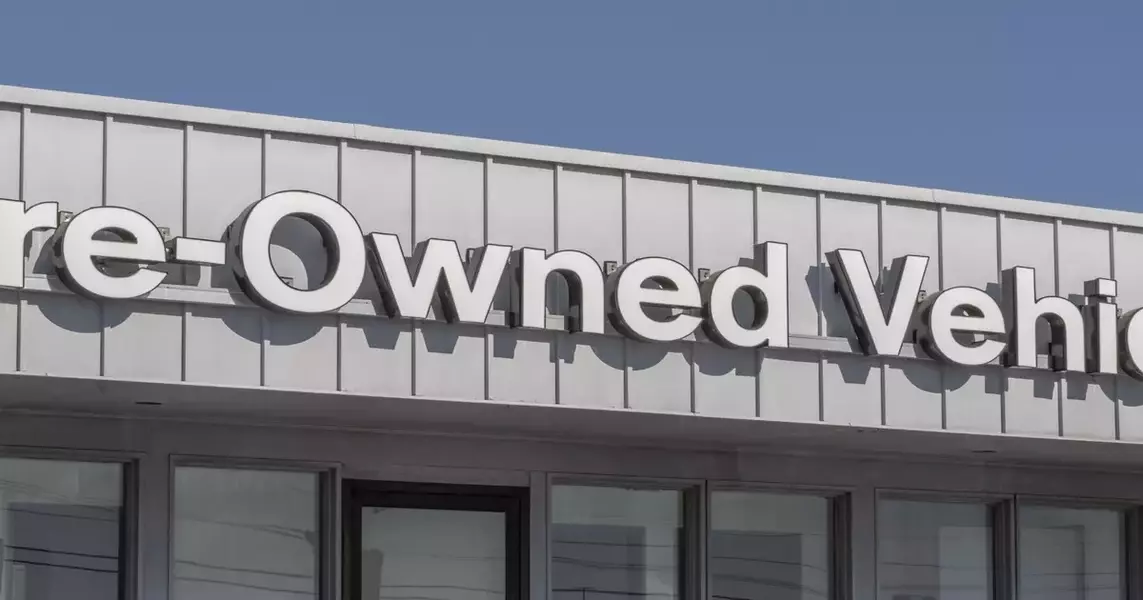Dealers Can Expect More Affordable Used Car Availability

Navigating the Shifting Tides: Dealers Poised for Affordable Vehicle Acquisitions
The automotive industry is undergoing a transformative shift, with dealers set to benefit from more affordable vehicle acquisition opportunities. According to the latest forecast from wholesale used-vehicle auction firm Manheim, a Cox Automotive company, the landscape is poised for a favorable change, offering dealers a chance to rein in costs and optimize their operations.Unlocking Opportunities in the Evolving Automotive Landscape
Incentives and Discounts: A Double-Edged Sword
The automotive industry has long grappled with the impact of incentives and discounts on new vehicle sales. While these strategies have been employed to drive consumer demand, they have also had a ripple effect on the used-vehicle market. As new-vehicle incentives increase, they tend to reduce the values of used vehicles by similar amounts, creating both challenges and opportunities for dealers.Cox Automotive's chief economist, Jonathan Smoke, highlights this dynamic, stating, "We definitely see pressure from incentives and growing discounts in the used market." This pressure, however, can be a boon for dealers who are able to navigate the shifting landscape and capitalize on the more affordable acquisition opportunities that are emerging.
The data supports this trend, with the average new-vehicle incentive as a percent of suggested retail reaching around 7% in April, up from approximately 2% in the same period last year. While this figure is down from the majority of 2019 and 2020, when it exceeded 10%, the impact on used-vehicle values remains significant.
The Electric Vehicle Conundrum
The electric vehicle (EV) segment has been particularly affected by the interplay between new-vehicle discounts and used-vehicle values. Smoke notes that "the electric vehicle segment, that's where we've seen the highest depreciation" in used vehicles.According to Cox Automotive's data, the Manheim Index for used EVs has declined by 16.6% so far this year, compared to a 9.5% drop for used non-EVs. This disparity highlights the rapid pace of change in the EV market, where manufacturers have been actively cutting prices to drive adoption and remain competitive.
The average used EV retail price has fallen from a recent peak of ,069 in August 2022 to ,857 at the end of the first half of 2024, a 44.7% decline. This brings the average used EV price much closer to the ,016 average for vehicles with internal-combustion engines, presenting dealers with a more level playing field when it comes to acquisition opportunities.
Shifting Forecasts and Market Dynamics
The changing dynamics in the automotive industry have prompted adjustments to market forecasts. Manheim has reduced its forecast for the Manheim Index, a measure that tracks used-vehicle wholesale price changes, to a 2.3% decline by the end of 2024. This is a significant shift from the previous forecast, which had projected a 0.7% decline by the end of the first quarter of 2024.The Manheim Index, which is calculated relative to a starting point where January 1997 equals 100, stood at 196.1 at the end of June 2024, down from 215.1 in June 2023. This 8.9% year-over-year decline in the first half of 2024 underscores the shifting landscape and the opportunities it presents for dealers.
As the automotive industry navigates these changes, dealers who are able to adapt and capitalize on the more affordable vehicle acquisition opportunities will be well-positioned to thrive in the evolving market. By understanding the nuances of incentives, discounts, and the unique dynamics of the EV segment, dealers can strategically position themselves to optimize their operations and drive profitability in the years ahead.